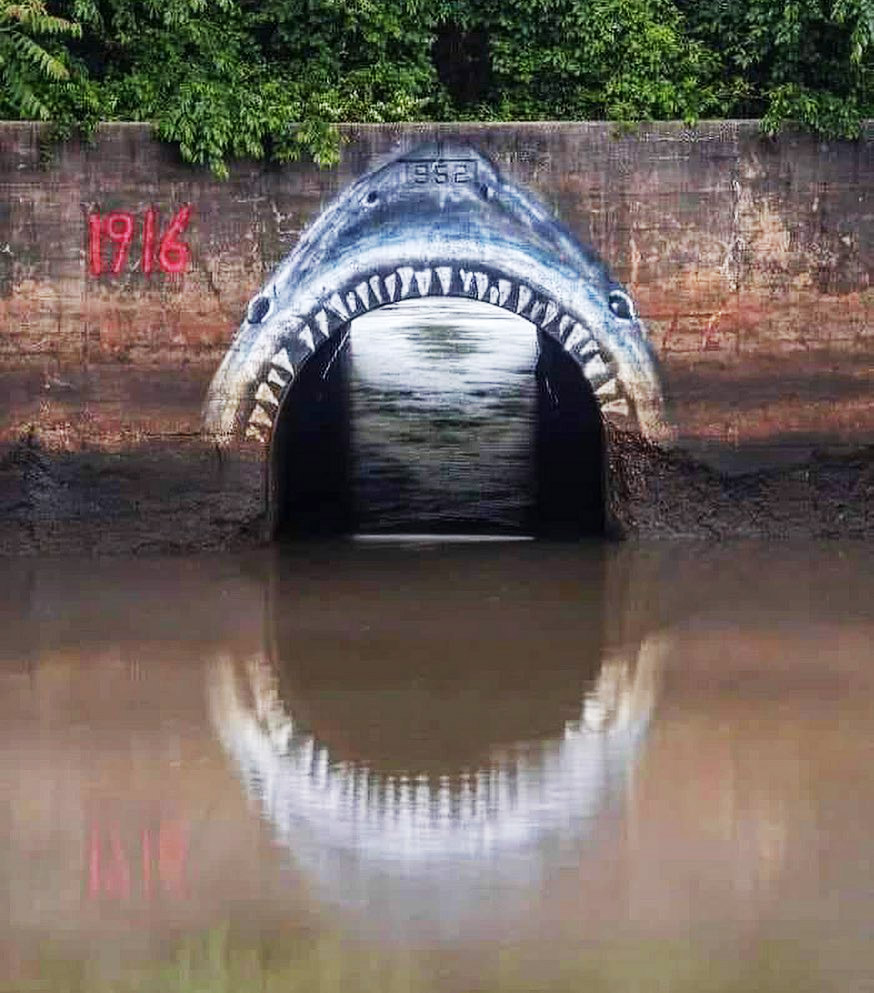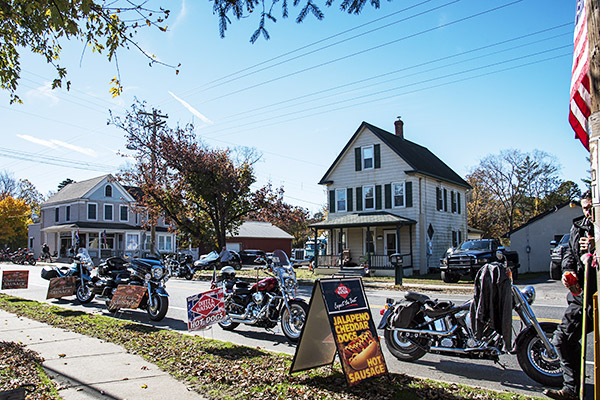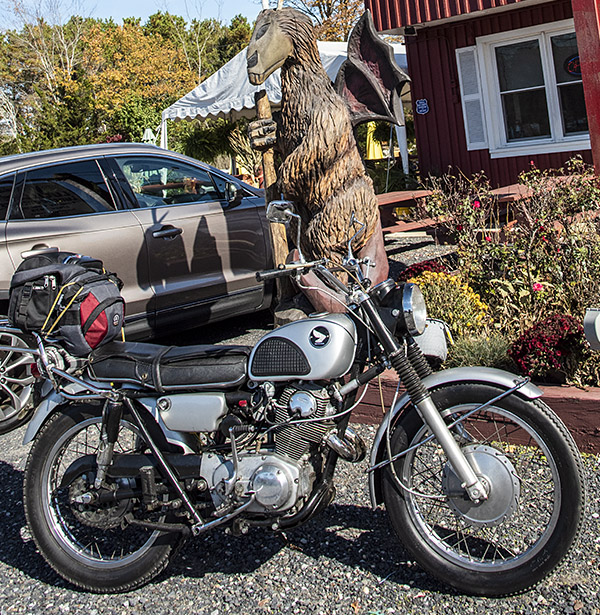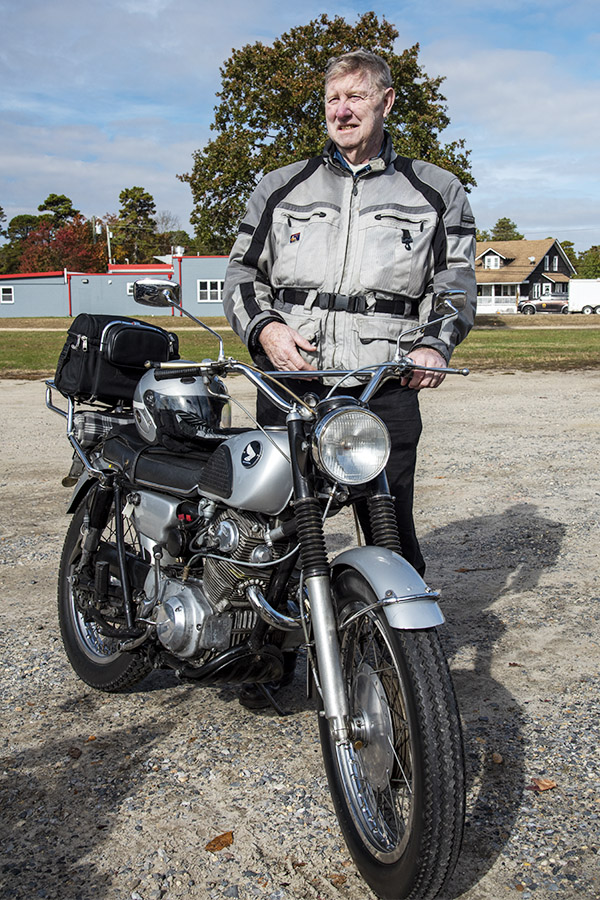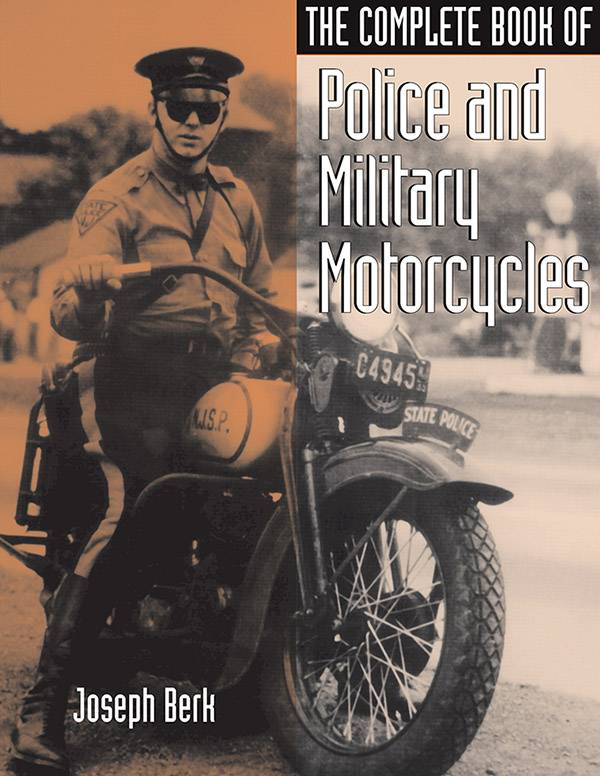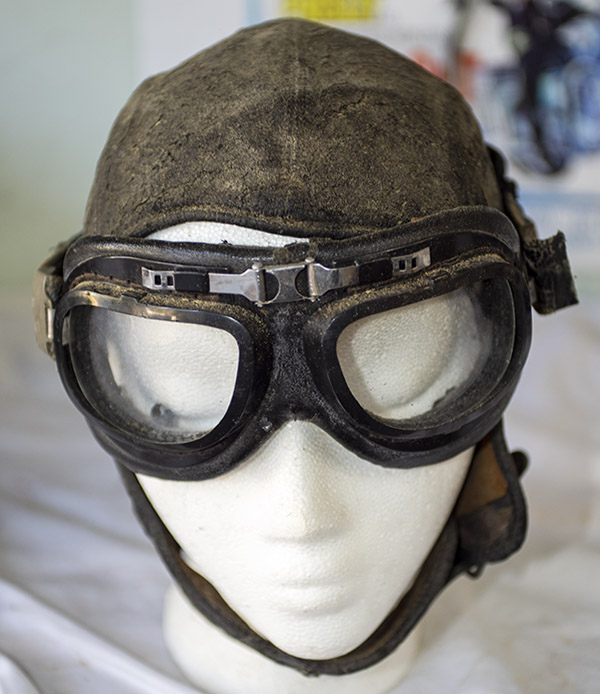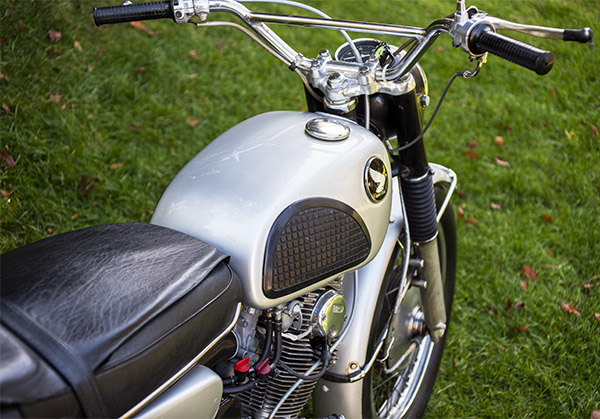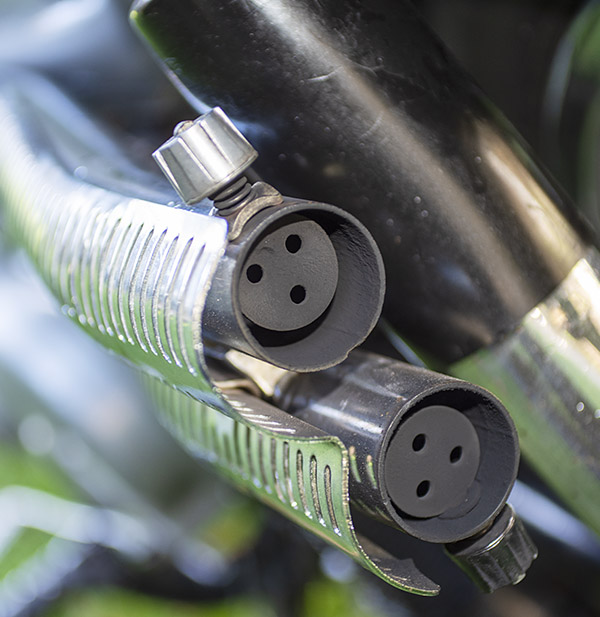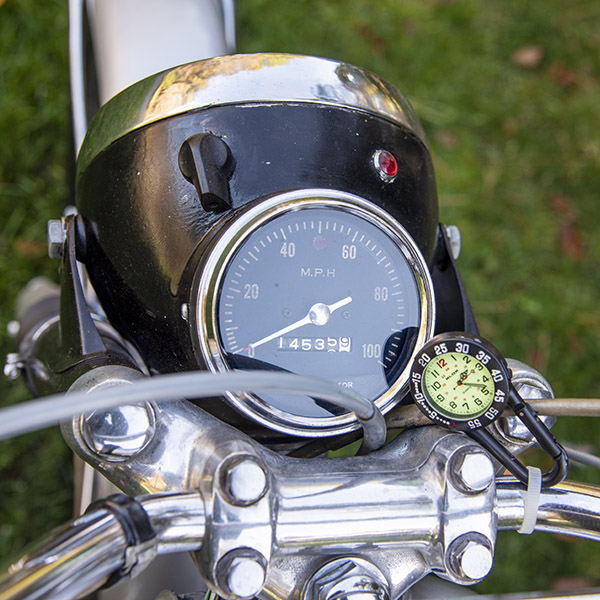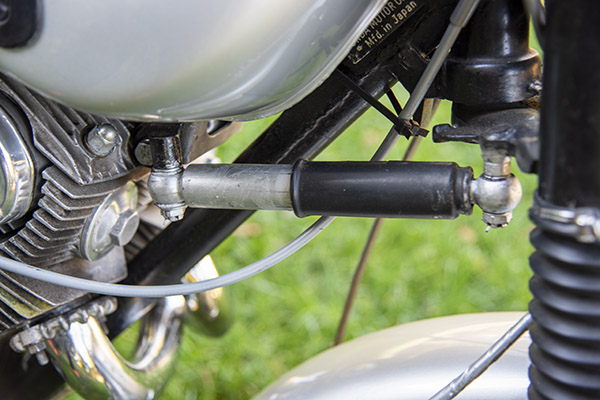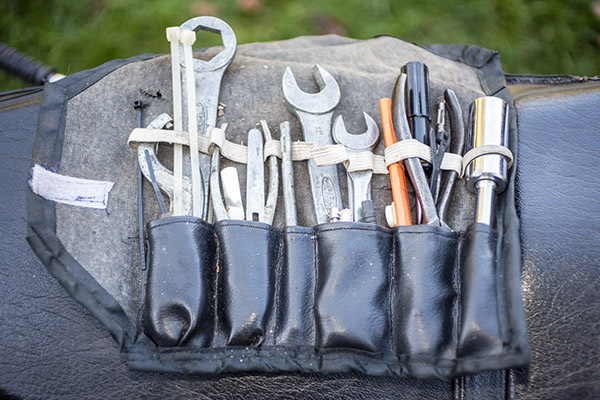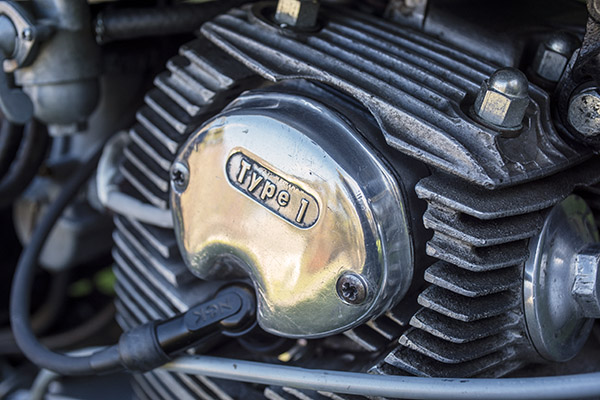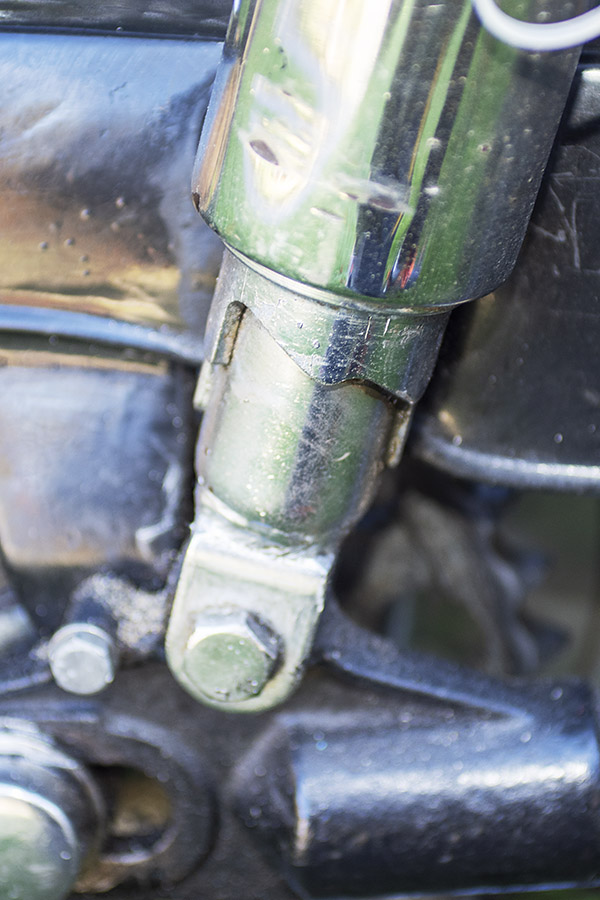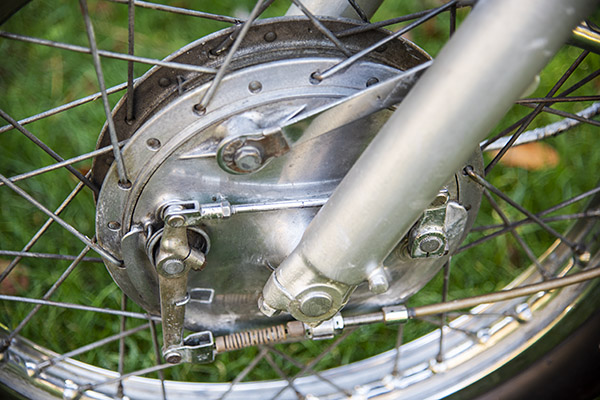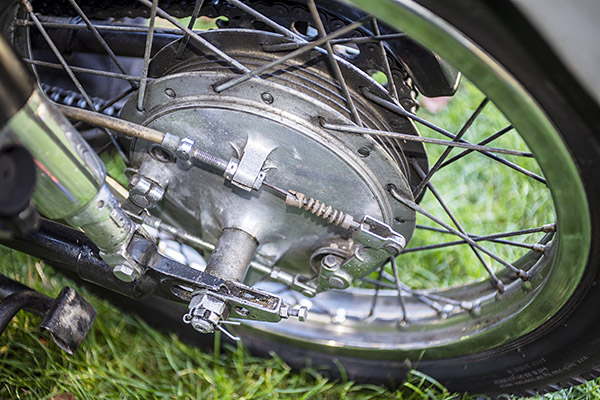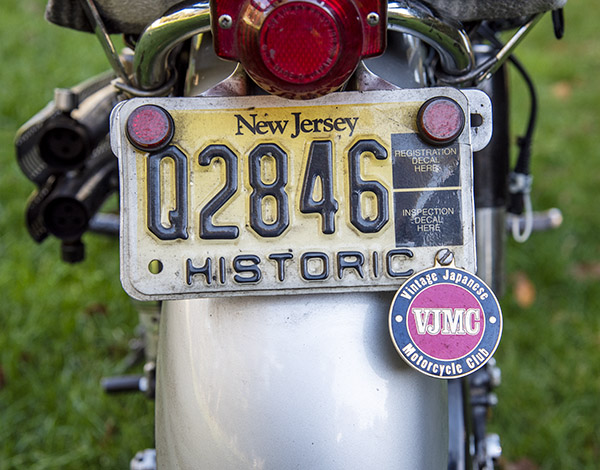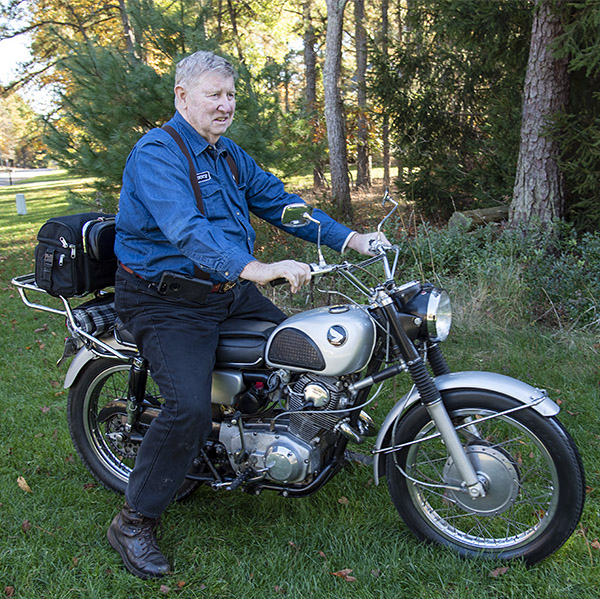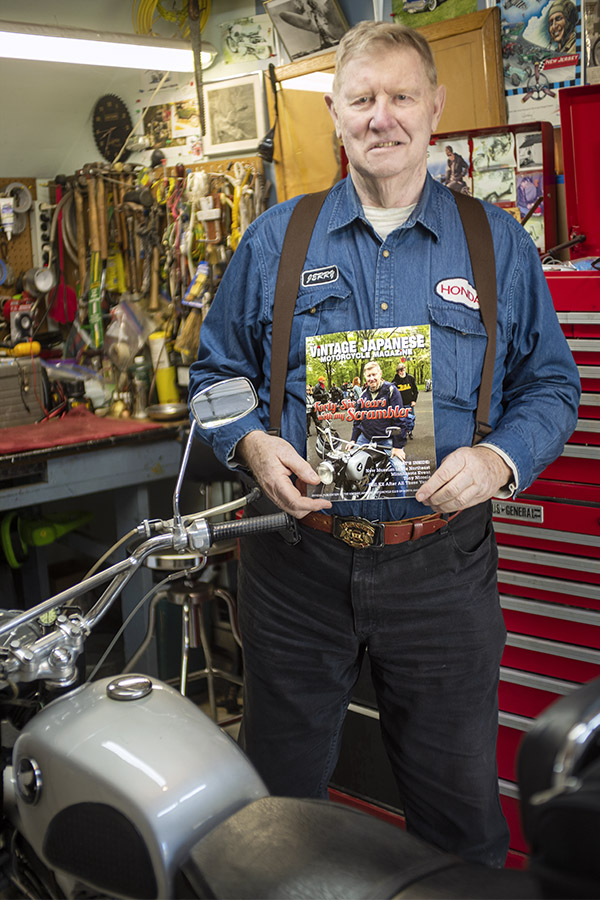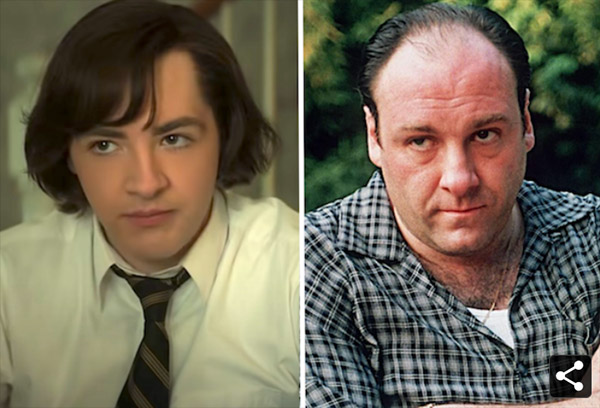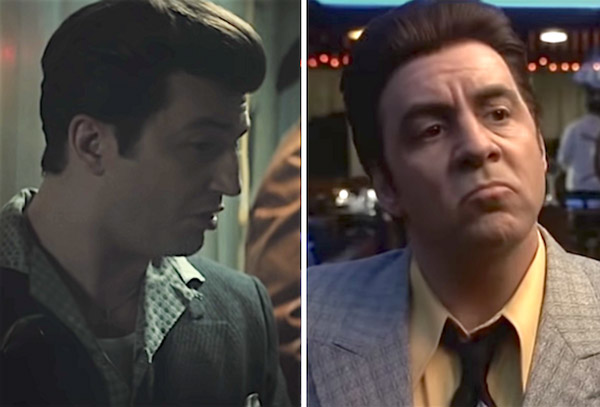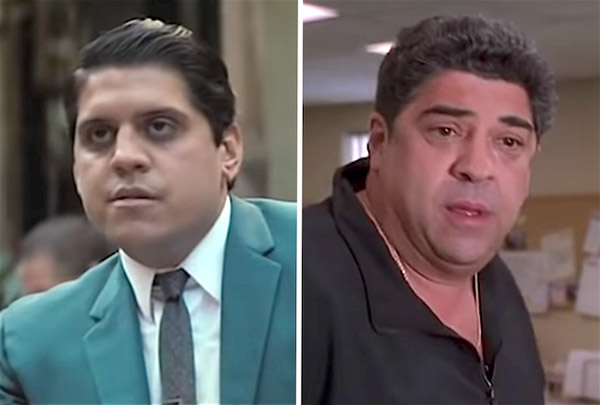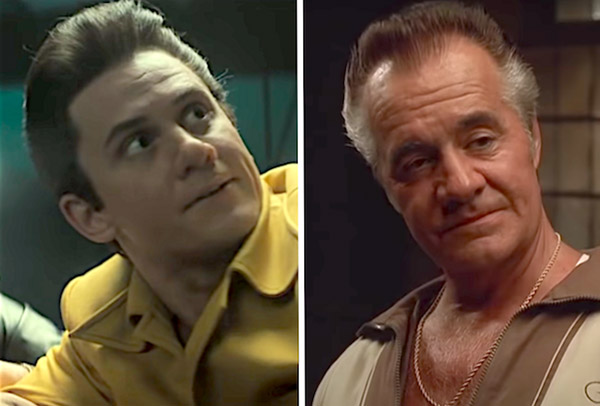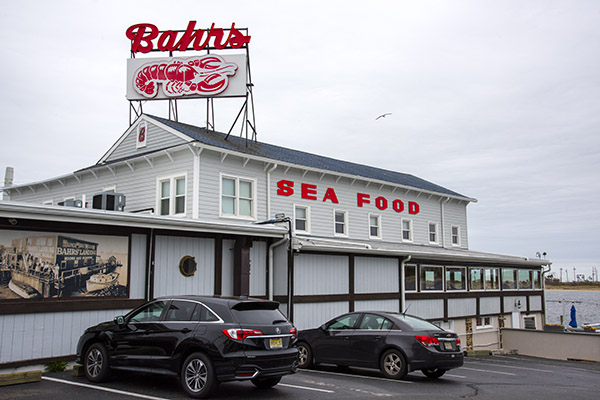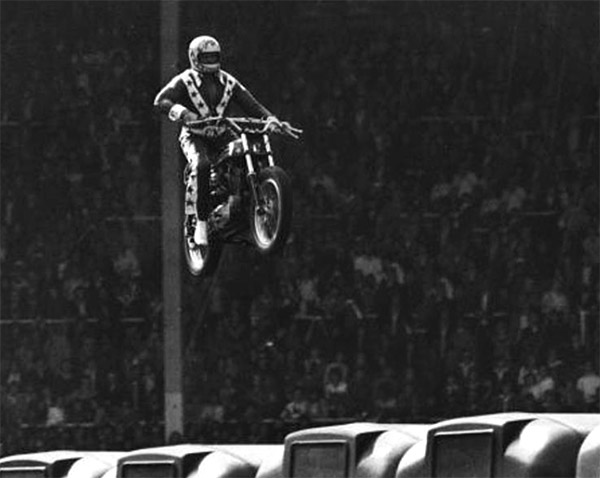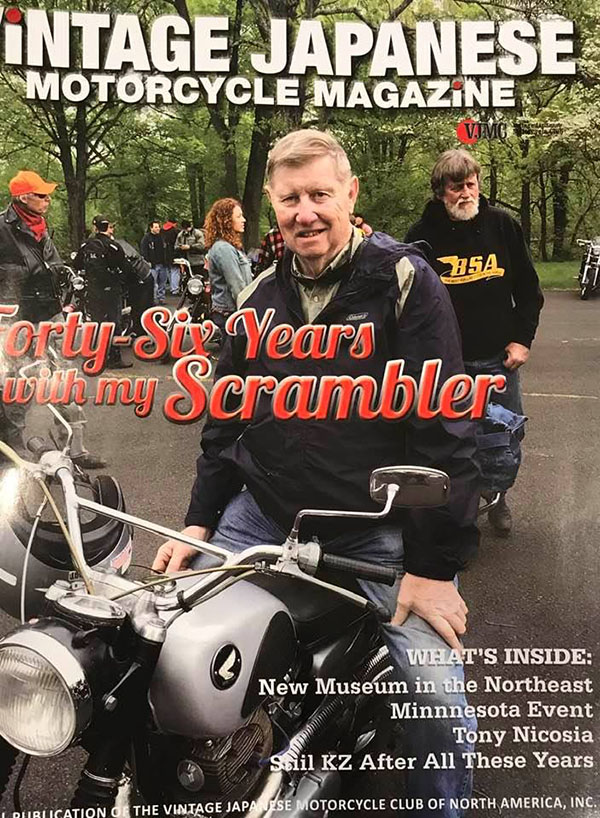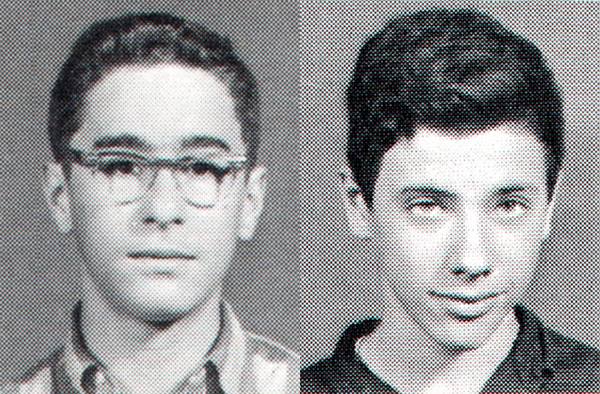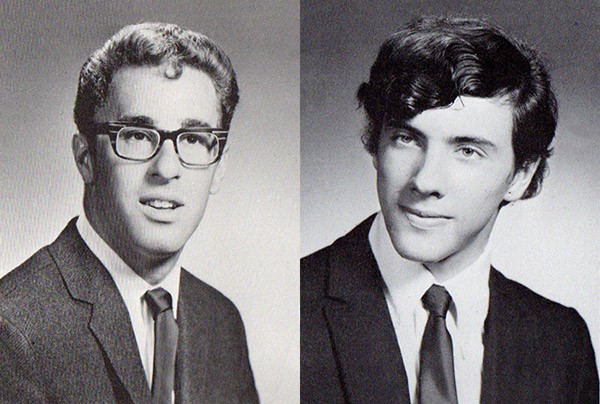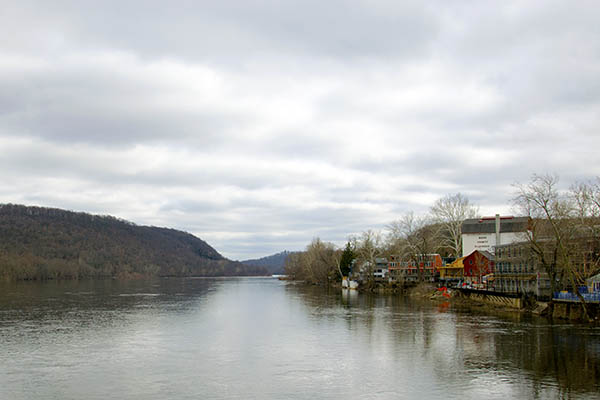By Joe Berk
Jaws. Nearly everyone has seen that movie. Many of us read Jaws, the book that preceded the movie. It’s been said that Peter Benchley based it on Moby Dick, another novel about a big white fish and a man obsessed with killing it. But people in the know…well, they know that Jaws had a different source of inspiration. It was the Matawan Creek maneater, a Great White shark that swam 11 miles upstream, in fresh water, and ate a bunch of people in and around Matawan, New Jersey. It all happened in 1916.
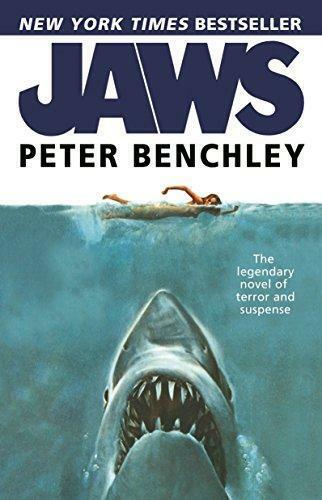
The New Jersey beachside resorts were having a tough year in 1916. It started on July 1 when Charles Vansant, a 28-year-old man from Philadelphia, went for a swim in the Atlantic Ocean along the Beach Haven, New Jersey shoreline. Vansant took his dog in the water with him. The dog suddenly disappeared, and then Vansant was attacked. Other swimmers heard Vansant screaming and went to his aid. A gigantic Great White shark followed them as they desperately pulled Vansant to shore. Vansant bled to death a short while later.
Fast forward five days to Spring Lake (another New Jersey resort), and 27-year-old Chris Bruder was attacked while swimming in the Atlantic. Lifeguards in a boat pulled him from the water, but Bruder bled to death before they reached the shore.
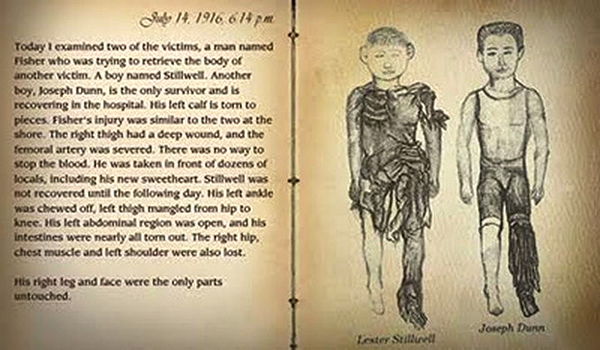
Shoot up the Jersey coast another 30 miles to Matawan. A few days after Bruder died, Thomas Cattrell (a retired fishing boat captain) was walking home and while crossing a bridge over freshwater Matawan Creek (which flowed into the Atlantic), Cattrell saw a large shark in the water below. He warned swimmers, but no one took him seriously (Matawan Creek was, after all, a freshwater creek). The next day, on July 12, 11-year-old Lester Stillwell went for a Matawan Creek dip; he became the shark’s next victim. Two of Stillwell’s friends swimming with him watched as he was pulled under and the water turned red. The boys ran into town for help, 24-year old Stanley Fischer accompanied them back to the creek, and he entered the water to search for Stillwell. It was Fischer’s bad luck that the shark was still eating Stillwell. Fischer tried to free Stillwell from the shark; the shark had a better idea and took a few bites out of Fischer. Fischer died a few hours later in a local hospital.

After attacking Fischer, the shark left the area and headed back toward the Atlantic Ocean. While swimming toward the ocean and still in freshwater Matawan Creek, the shark attacked 12-year old Joseph Dunn. Dunn survived, minus a leg. Dunn was the shark’s fifth victim.
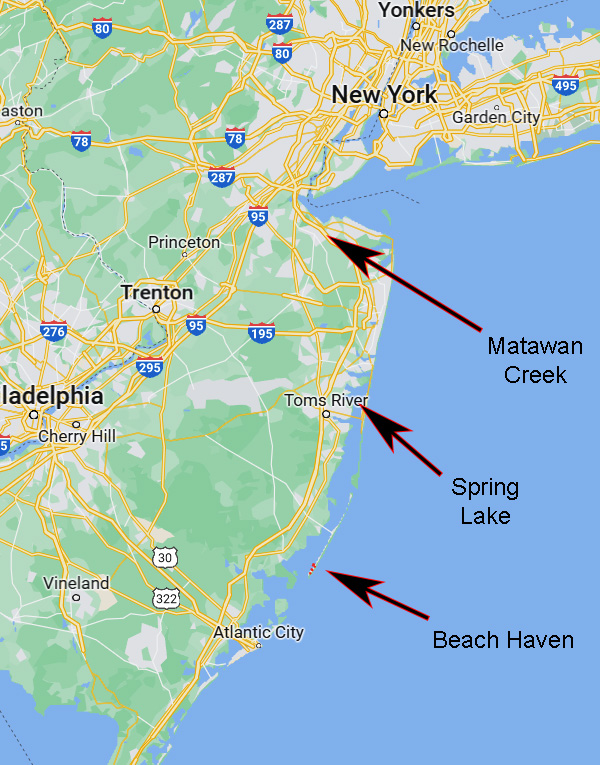
If you’ve ever watched even a single episode of The Sopranos, you know you don’t mess with people from New Jersey. The Jersey coastal communities went into high gear, and after harvesting hundreds of sharks, they found the one responsible for the attacks. It was an 8½-foot Great White, and when the Joisey boys cut it open, various parts of the aforementioned people (and one dog) spilled out. The Matawan Creek (and surrounding community) attacks are believed to be Peter Benchley’s inspiration for Jaws.
So…about that photo at the top of this blog. The bridge is a Jersey Central railroad bridge that crosses Matawan Creek only 100 yards away from where Fischer and Stillwell were attacked. Amazingly, the open-mouthed shark painting was accomplished in under 35 minutes, in complete darkness, by an artist who goes by the name Tattoo Bob. I don’t know his last name or even if Tattoo Bob is his real name; he wishes to remain anonymous for obvious reasons.
All of this hit home for me. I’ve been in Matawan many times, and it’s not that far from where I grew up. When I was a kid, we used to swim in the freshwater creeks in New Jersey (they all ultimately flow into the Atlantic). A big day was to go down the shore and swim in the ocean. Jaws didn’t get published until 1975 (I read it when I was in the Army in Korea, when the novel was first published). It’s a good thing, I guess, that I didn’t know any of the above about Matawan Creek back in my youth. If I had, there would have been no way I’d enter the water, and even today, I won’t swim in the ocean. I’ll stick with much safer things, like jumping out of an airplane or riding a motorcycle.
Never miss an ExNotes blog:

